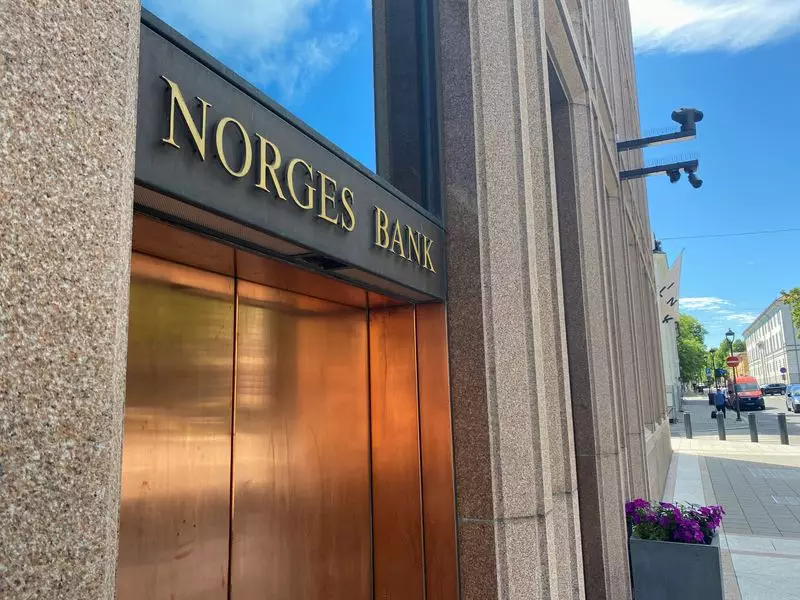Norway’s central bank, Norges Bank, has decided to maintain its policy interest rate at a significant 4.50%, marking a plateau held for 17 years. This decision aligns with expectations from economists, as reflected in a recent Reuters poll, who predict a shift in monetary policy later this year. Many key players in the financial sector are anticipating that Norway will soon follow the trend set by other Western nations, which have begun to lower interest rates in response to decreasing growth and inflationary pressures.
Norges Bank Governor Ida Wolden Bache indicated a potential rate cut in March, which would be the first since May 2020. This anticipated move reflects a strategic alignment with broader economic conditions and signals a readiness to refresh monetary policy. Following the March meeting, the central bank’s forecast suggests three additional cuts in 2025, aiming to adjust the interest rate to 3.75% by the end of the year, contingent on evolving economic indicators.
As the Norwegian krone slightly weakened against the euro in the aftermath of the announcement, it indicated market sensitivity to potential policy shifts. Analysts speculate that the future rate adjustments will hinge significantly on developments surrounding both domestic and international economic frameworks.
During deliberations, Norwegian central bankers expressed concerns regarding an uptick in international trade barriers, particularly tariffs that could stifle global economic recovery. The bank referenced the potential risk this poses to growth trajectories, emphasizing that the implications for Norway’s economic conditions remain uncertain. In light of these challenges, Norges Bank underscored the necessity for a restrictive monetary policy to curb inflation and bring it back toward its target rate of 2%.
Although core inflation has shown signs of easing—from 3.0% in November to 2.7% in December—this metric still exceeds the central bank’s goals. The potential rise in business costs could further complicate inflation dynamics, leading to unforeseen pressures on price stability in the near future. As inflation trends inch closer to targets, the foreign monetary policy landscape continues to influence domestic decisions more than before.
Insights from leading economists indicate that the March meeting is poised to attract significant attention, as it will delve into not only the immediate rate cut but also the anticipated trajectory of future rates. Oeystein Doerum from the Confederation of Norwegian Businesses (NHO) has articulated that market expectations must now be recalibrated in light of recent developments both nationally and globally.
While the current interest rate strategy remains consistent with prudent economic management, indicators suggest that a pivotal shift may soon be on the horizon. The interaction between domestic inflation trends and international economic conditions will undoubtedly dictate Norges Bank’s forthcoming decisions, highlighting the importance of vigilant monitoring and adaptable policy strategies in a rapidly evolving economic landscape.

